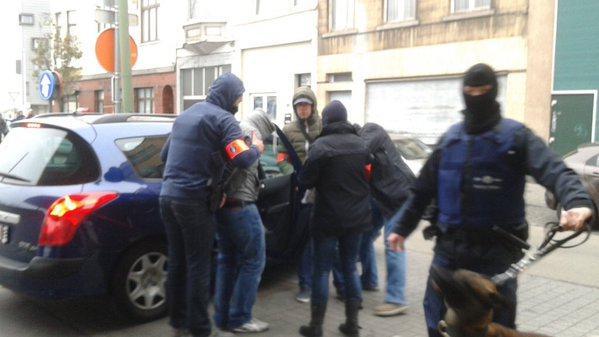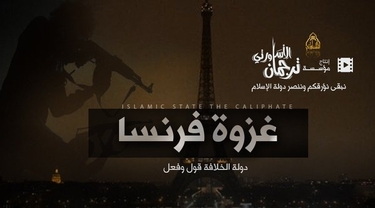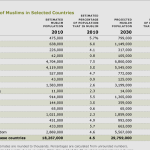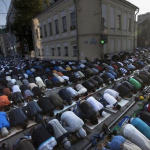Barack Obama missed several moments that could and should have been Reagan moments directly after the Paris attacks. Rather than get on Air Force 1 and fly to Turkey for the G20 Summit, Obama should have publically and via telephone to the world leaders, forget Turkey, we are all going to Paris to stand with France in the face of Islamic State. He should have said we have no fear, we don’t need security detail, as a global coalition against evil, we stand with Paris to defeat a common enemy….imagine the head that would have turned if they heard that. Well one can dream eh? Rather, Obama gave what is probably his worst presser during his entire presidency. Instead of standing with France, he called the attacks a ‘setback’.
The media asked Barack Obama questions, which were themselves begging him to lead the world, to use our power, our military to equalize the world again, but Obama replied his strategy was best. He insulted those who asked the questions and those who challenged his posture. He even referred to them as ‘popping off’. The media remains shocked at Obama’s responses.
Obama stressed that going after ISIS in Iraq and Syria will help reduce the threat from foreign fighters, while acknowledging it “will not be enough to defeat ISIL in Syria and Iraq alone.”
Obama also defended the current strategy — which involves airstrikes and a limited number of military advisers on the ground.
“There will be an intensification of the strategy that we’ve put forward,” he said. “But the strategy that we are putting forward is the strategy that ultimately is going to work.”
He said, “It will take time.” And he insisted that the U.S. has not “underestimated” the ISIS threat.
“ISIL leaders will have no safe haven anywhere,” Obama vowed.
Obama is a willing accomplice of Iran and is trapped by Iran. Obama has set the table for Iran and the Shiites to control all Sunni territory.
ForeignAffairs: The choice seems simple. On one side are regally attired mullahs, the type that have protected Persia’s pre-Islamic treasures and even tweet in English. On the other side is the Islamic State (ISIS), with its conquest, rape, and pillage. Muhammad-Javad Zarif, Iran’s foreign minister, has made the pitch better than anyone. “The menace we’re facing—and I say we, because no one is spared—is embodied by the hooded men who are ravaging the cradle of civilization,” he warned, dangling out the possibility of rapprochement between Washington and Tehran against ISIS.
Beneath such expressions of concern, however, is a more cynical strategy. Iran is using ISIS’ ascendance in the Middle East to consolidate its power. The country is now the key ally keeping Iraq’s Shiites and the Alawite Bashar al-Assad regime standing against well-armed and tenacious Sunni jihadists. In those battles, Tehran will likely do just enough to make sure the Sunnis don’t conquer the Shia portions of Iraq and Assad’s enclave in Syria, but no more. Meanwhile, in ISIS’ wake, Tehran will strengthen its own radical Shia militias.
The result could be a permanent destabilization of the Arab heartland. That would be a major victory for the Islamic Republic, which has seen its fortunes rise as Egypt and Turkey have become mired in crises and as Saudi Arabia, Iran’s one remaining serious Sunni rival, has gotten bogged down in a war in Yemen.


 Images of the moment suspect in Paris attacks was captured.
Images of the moment suspect in Paris attacks was captured.


